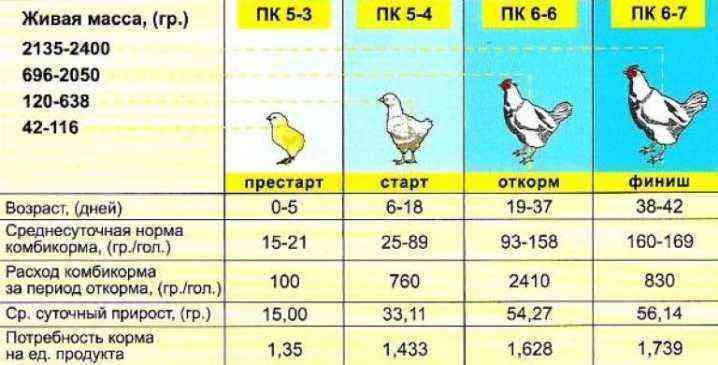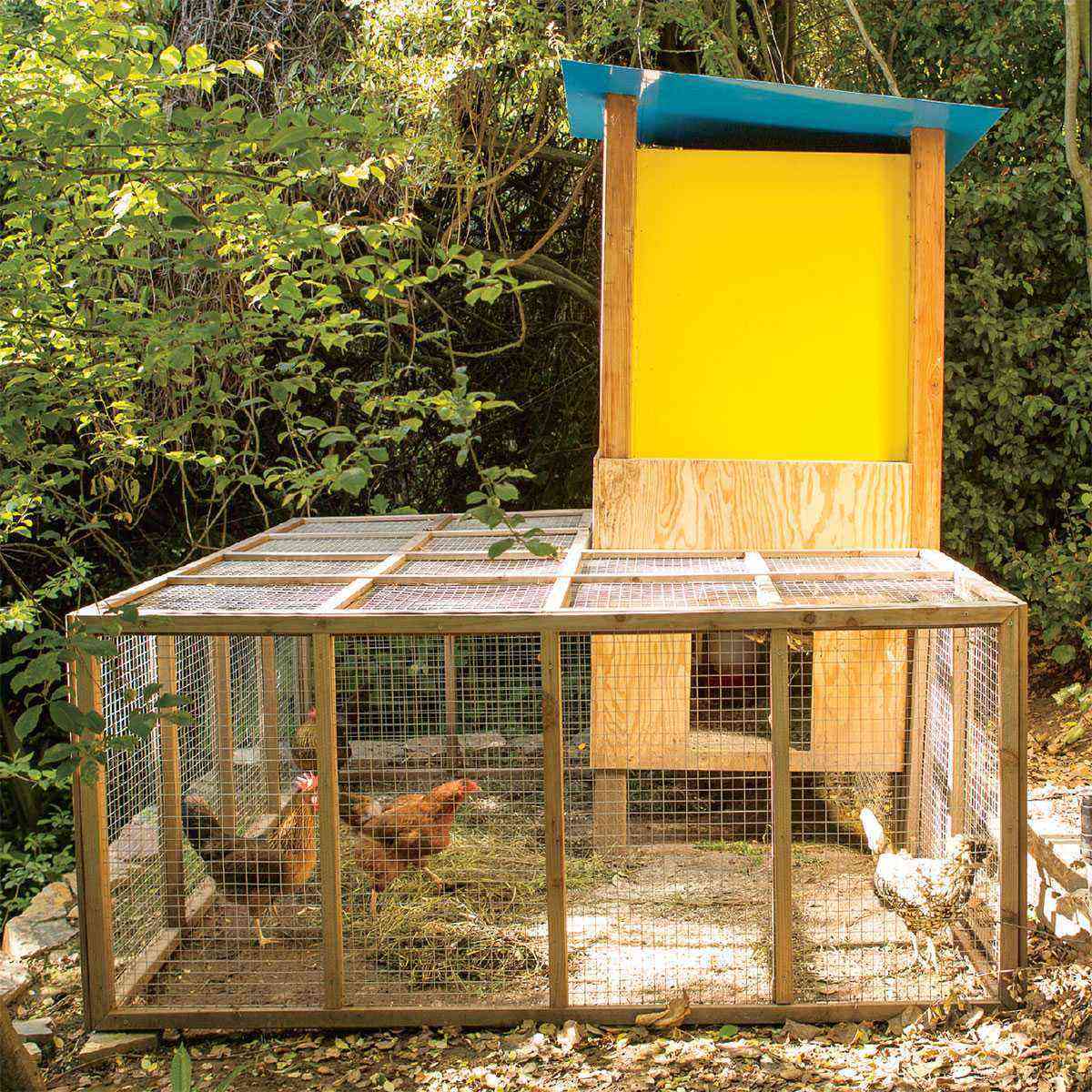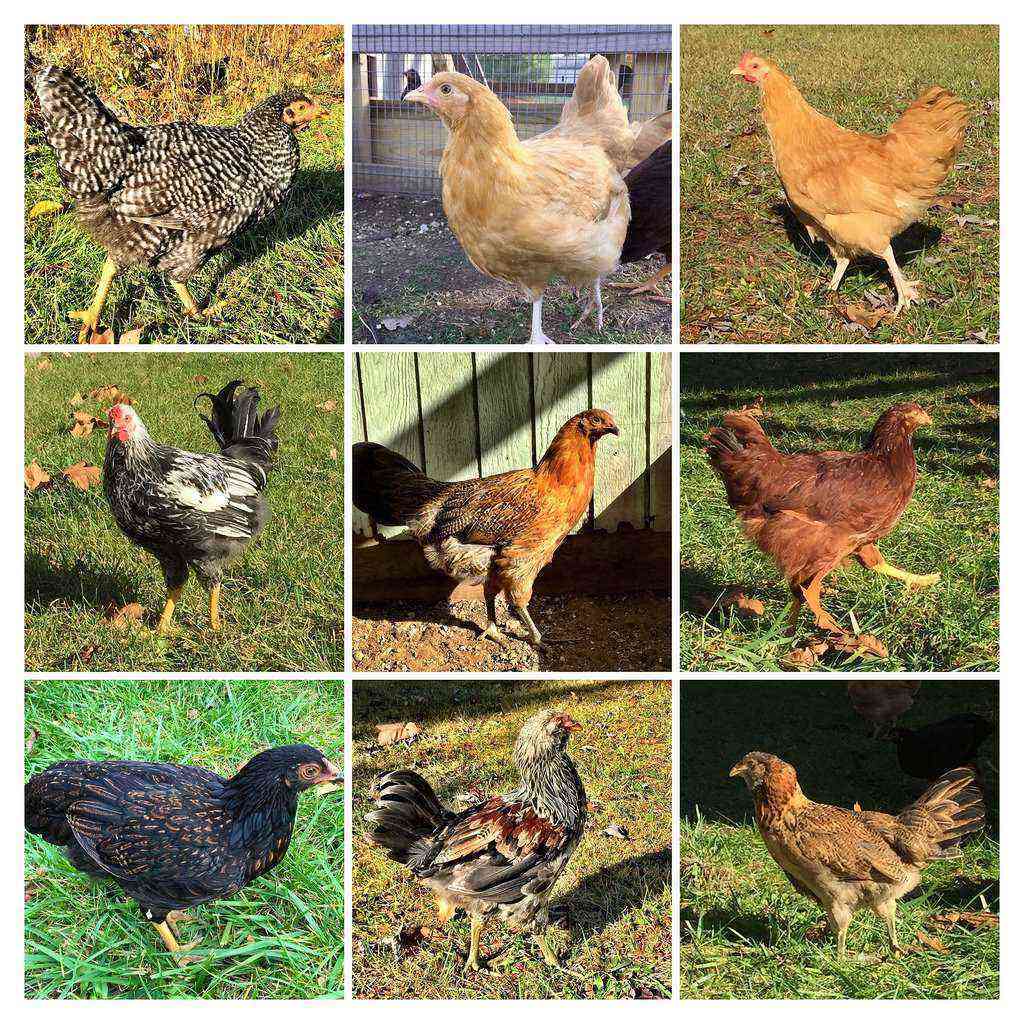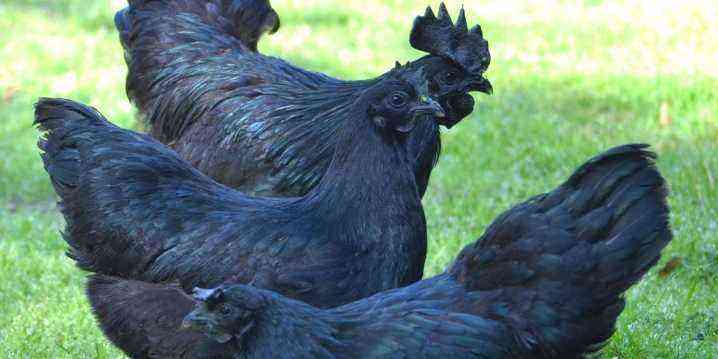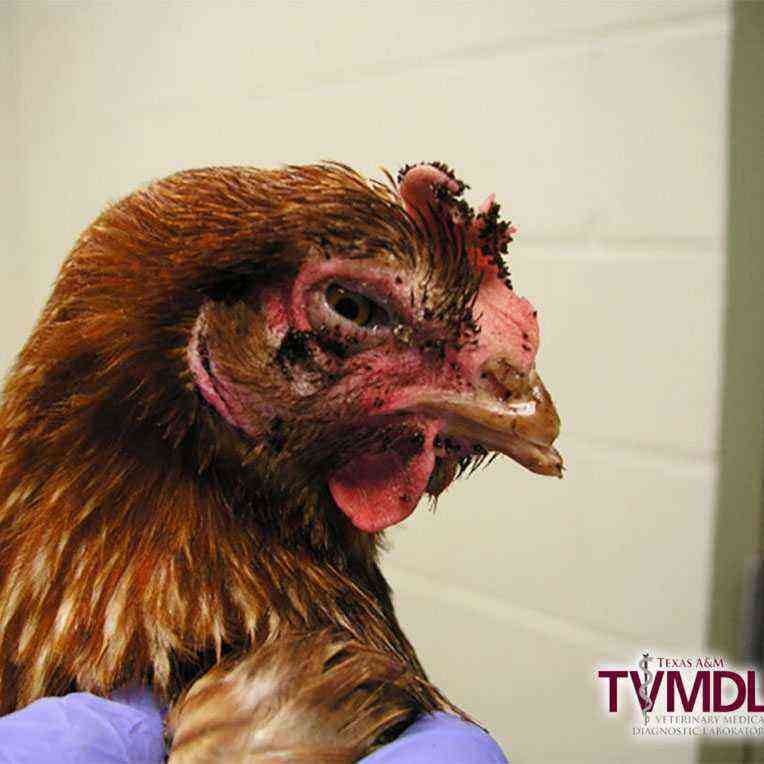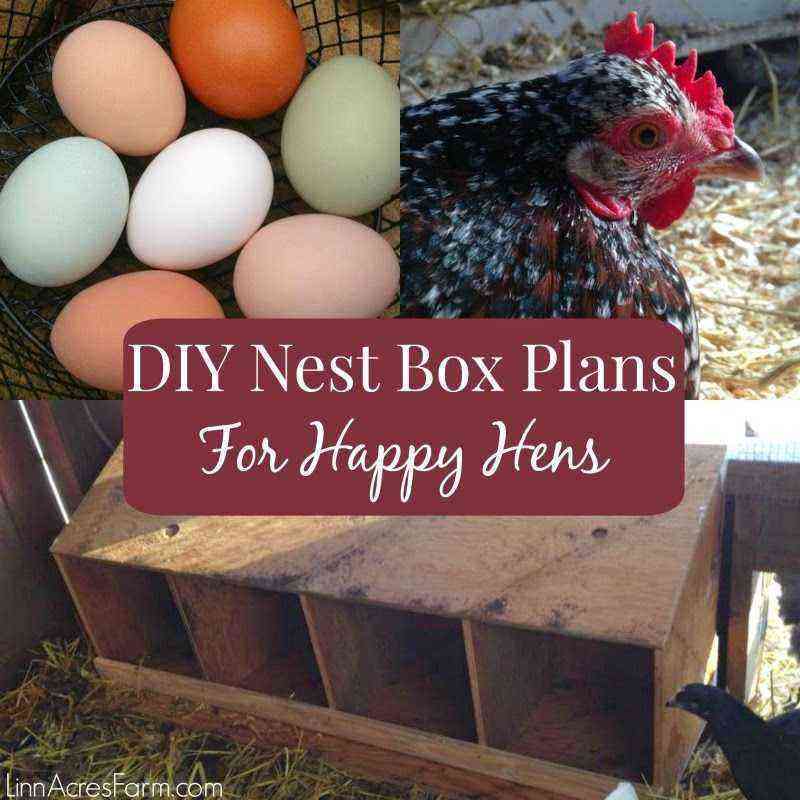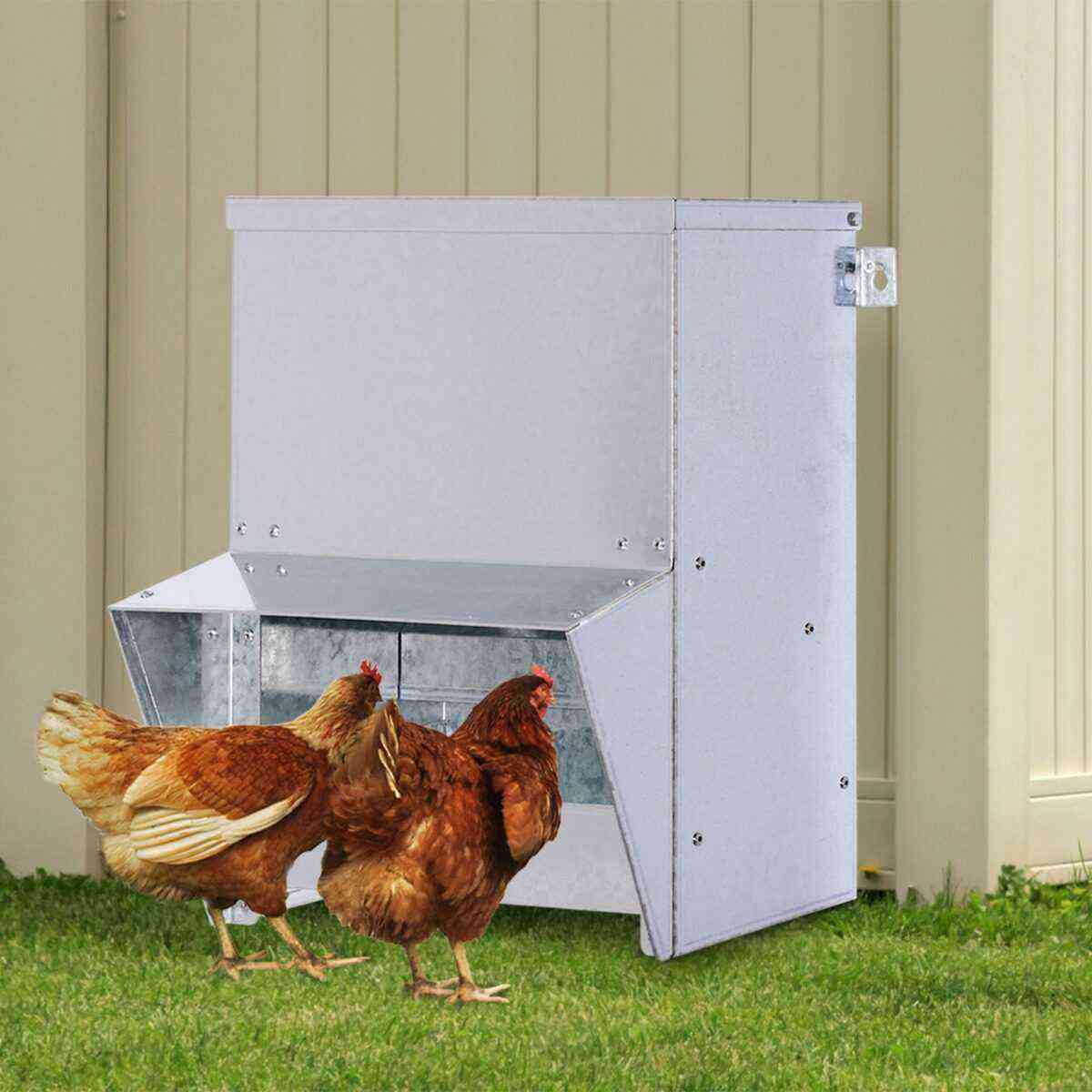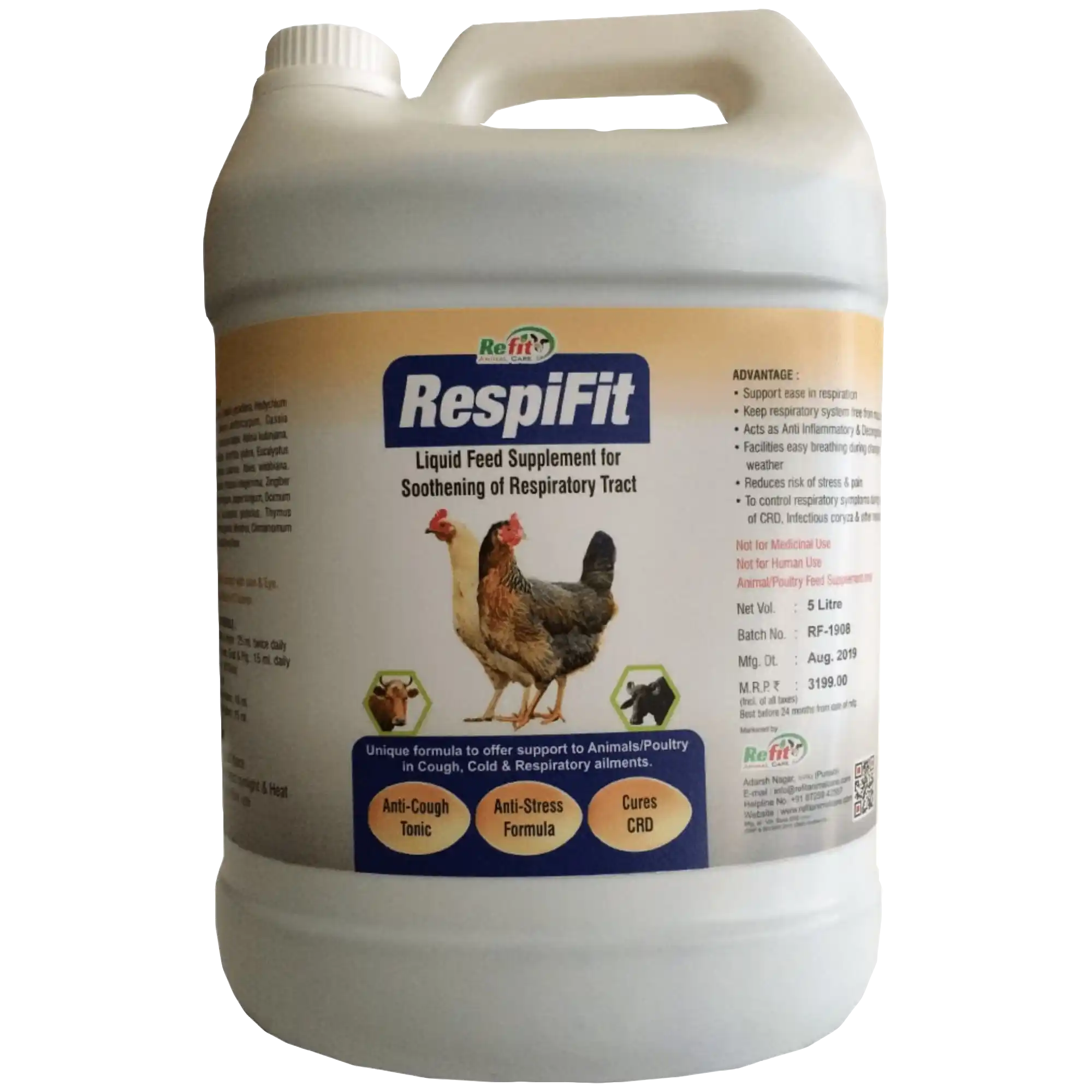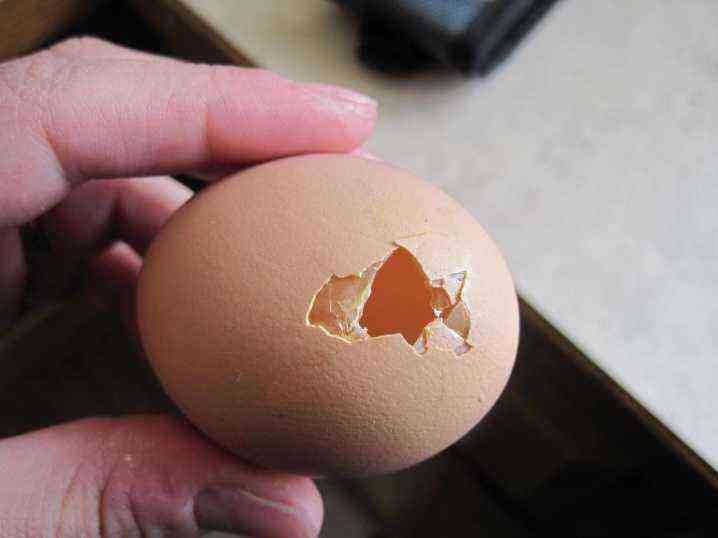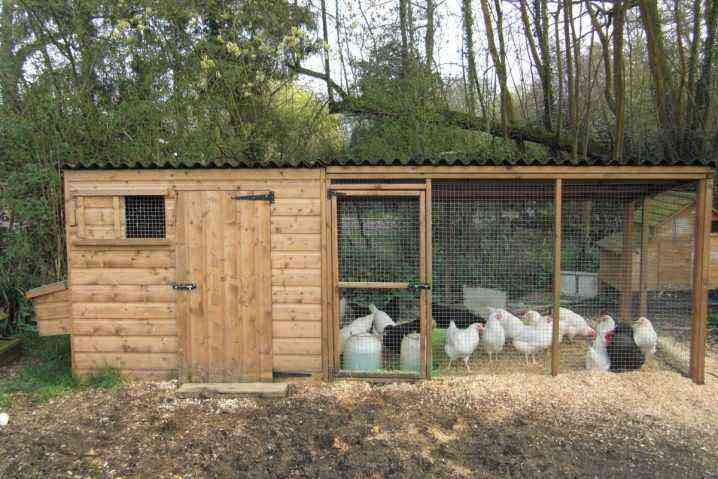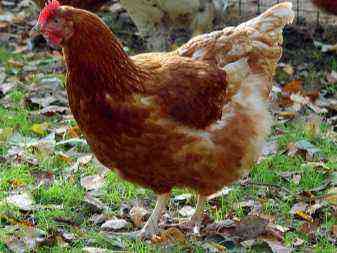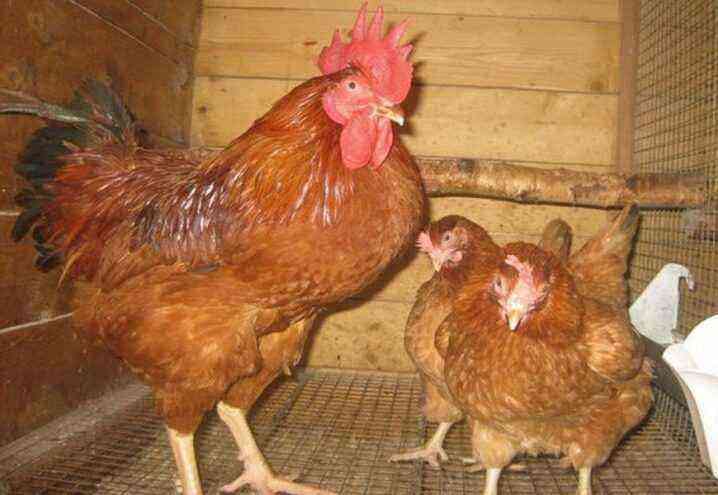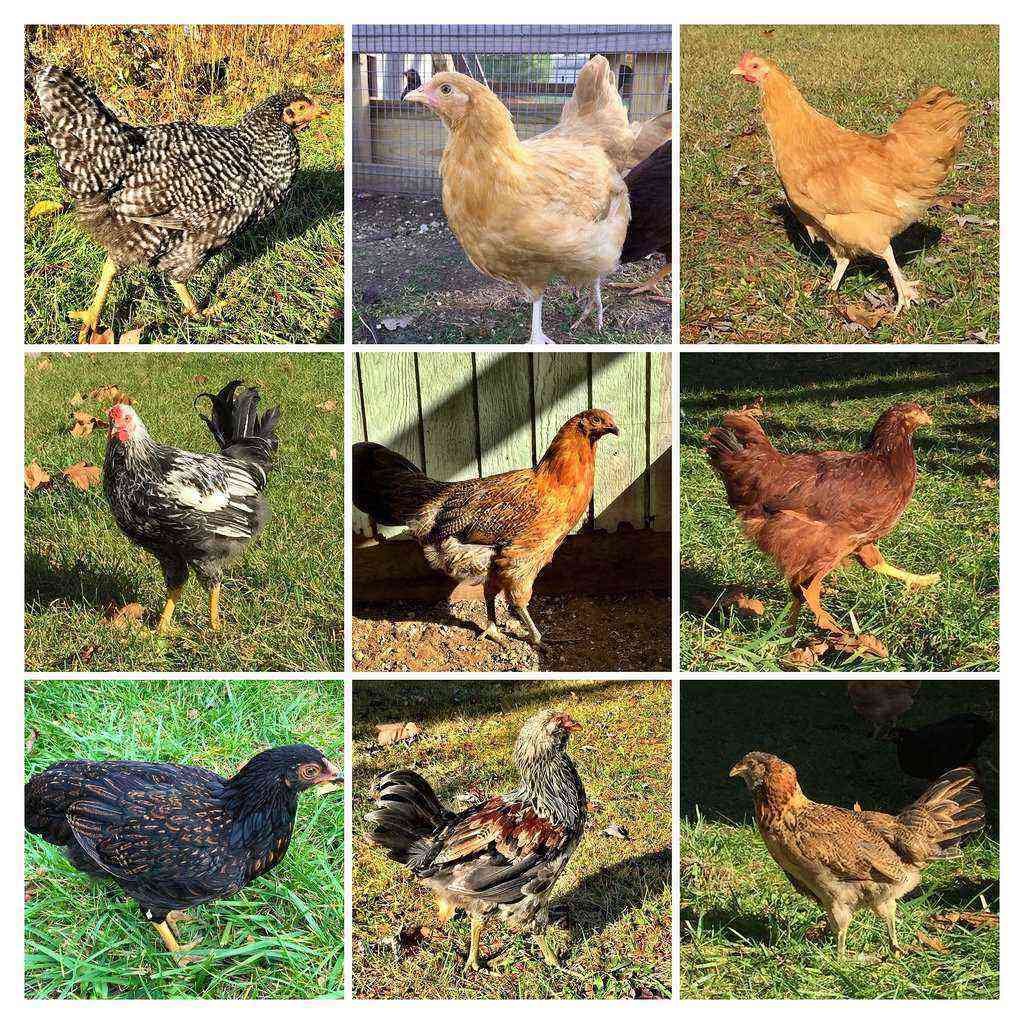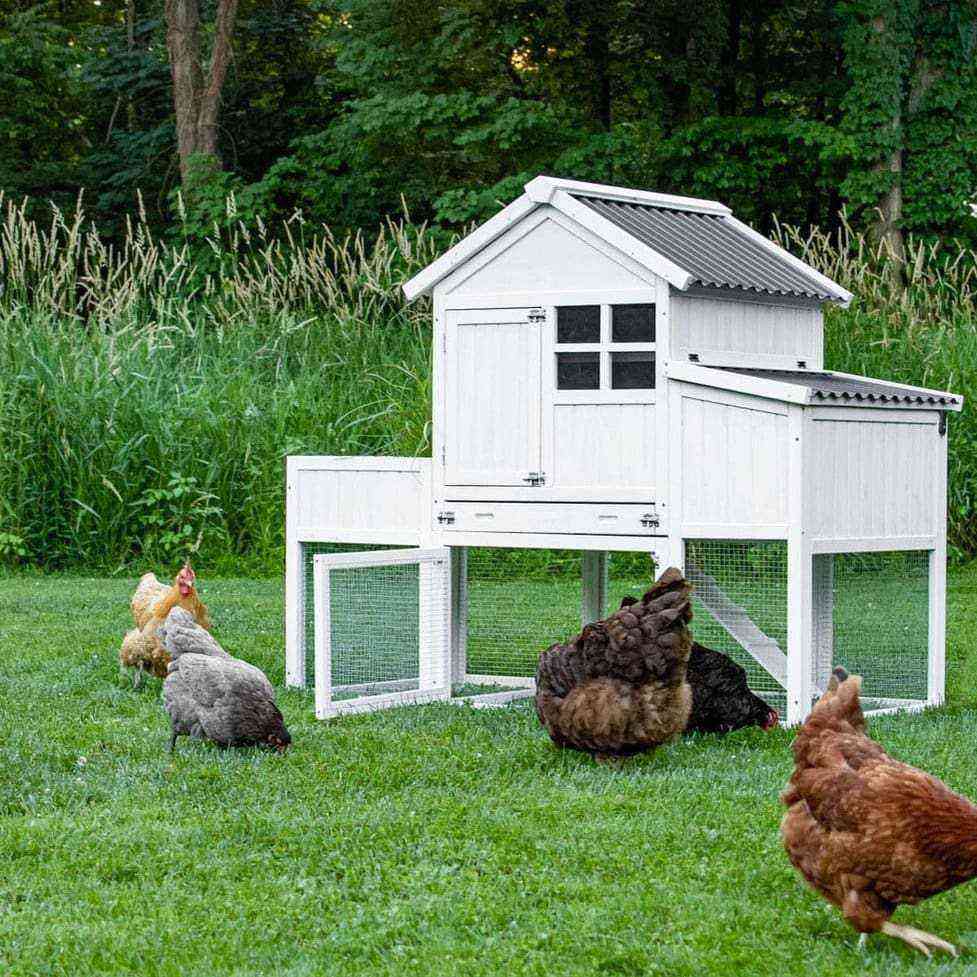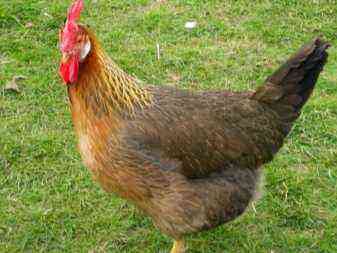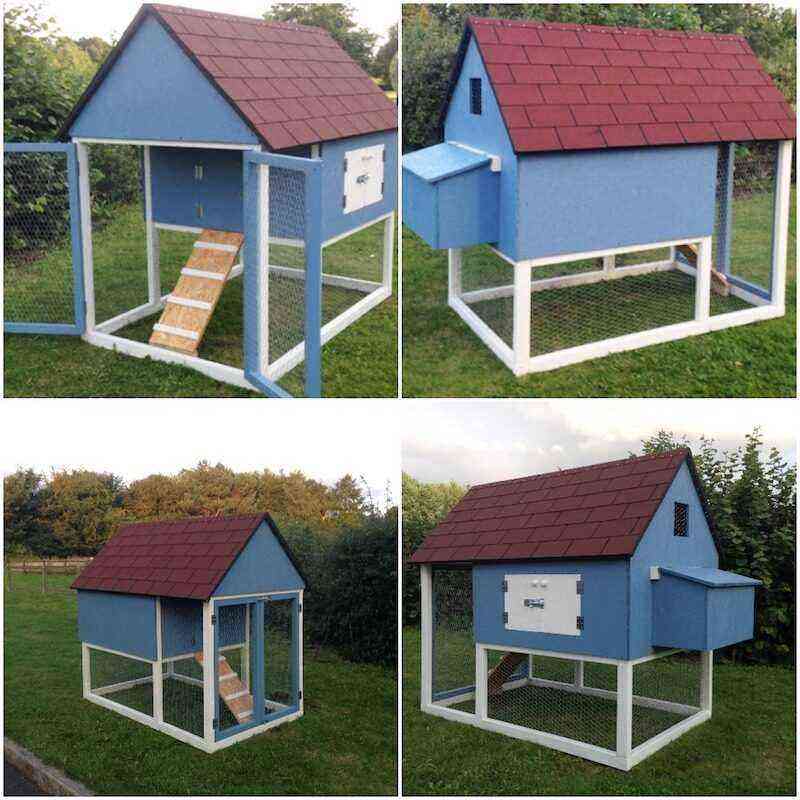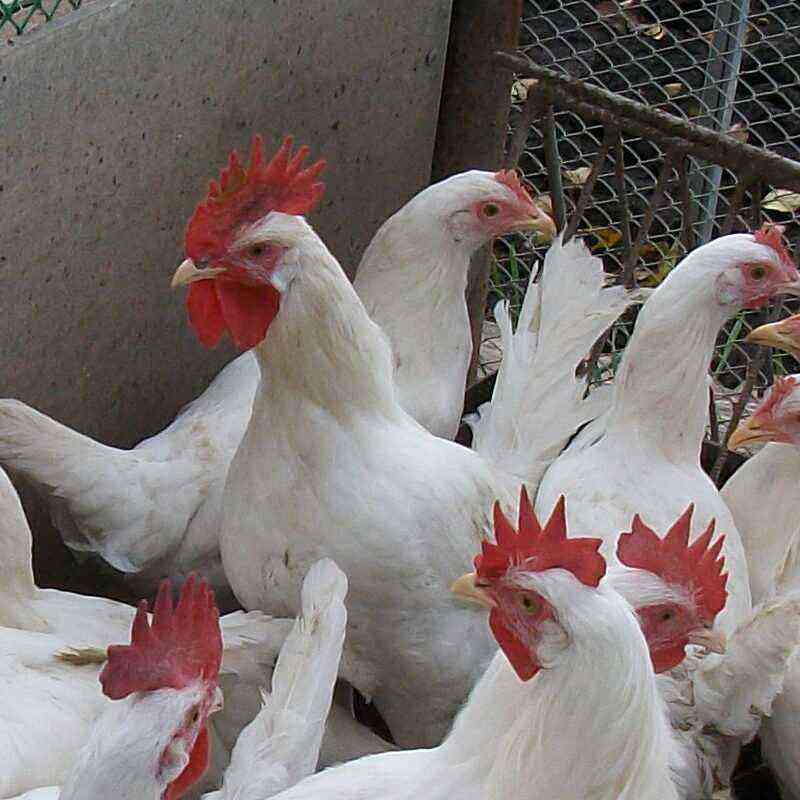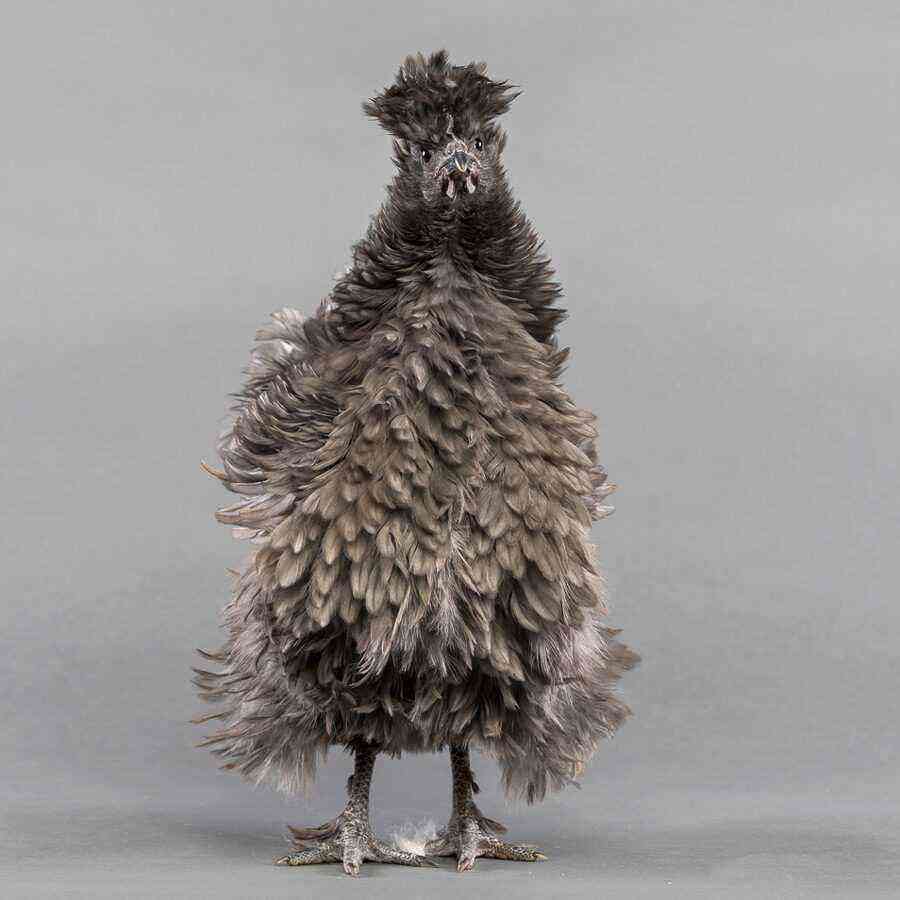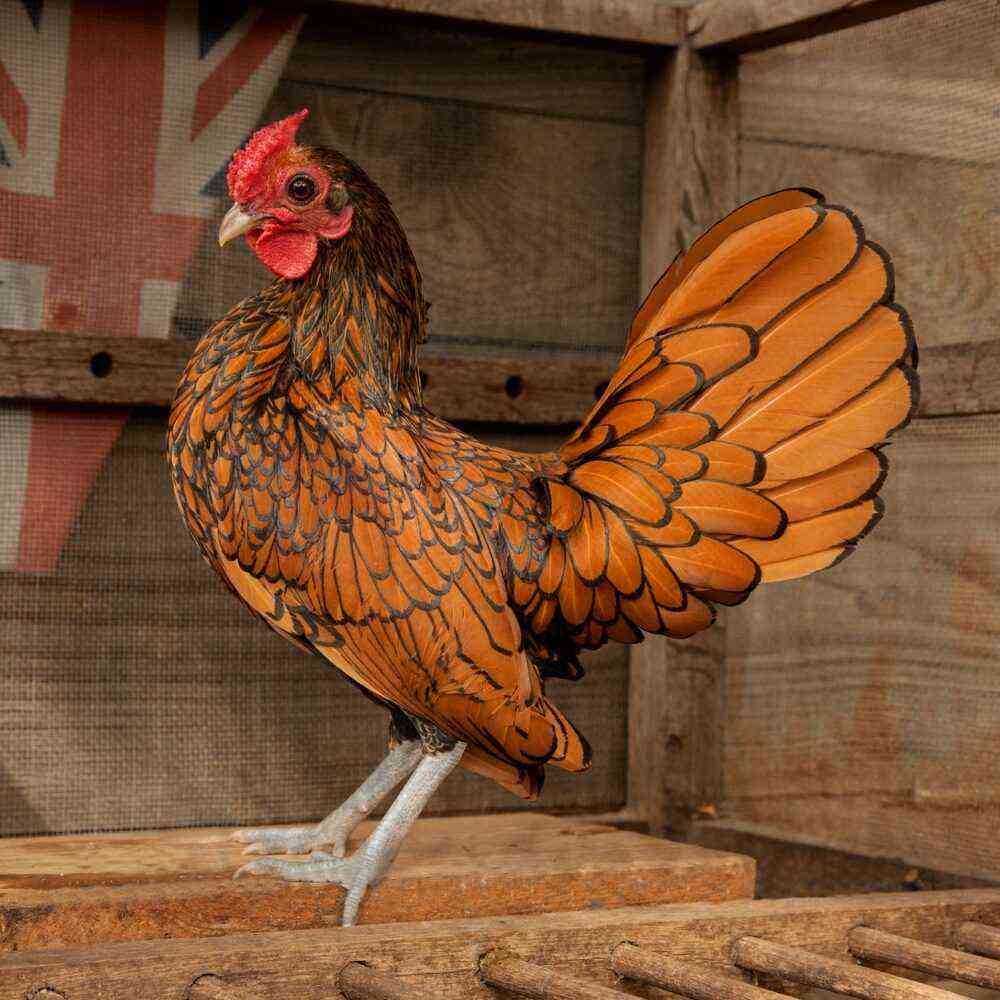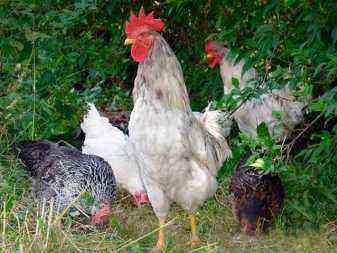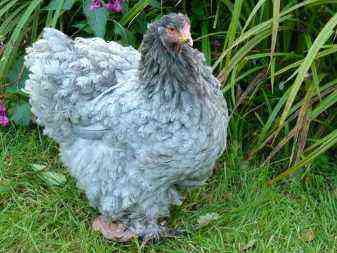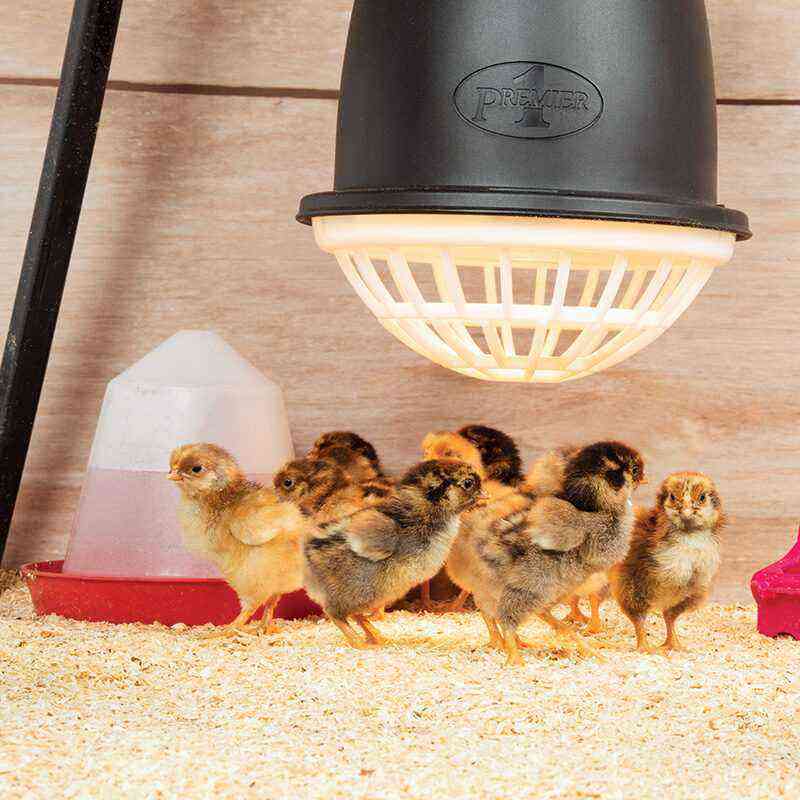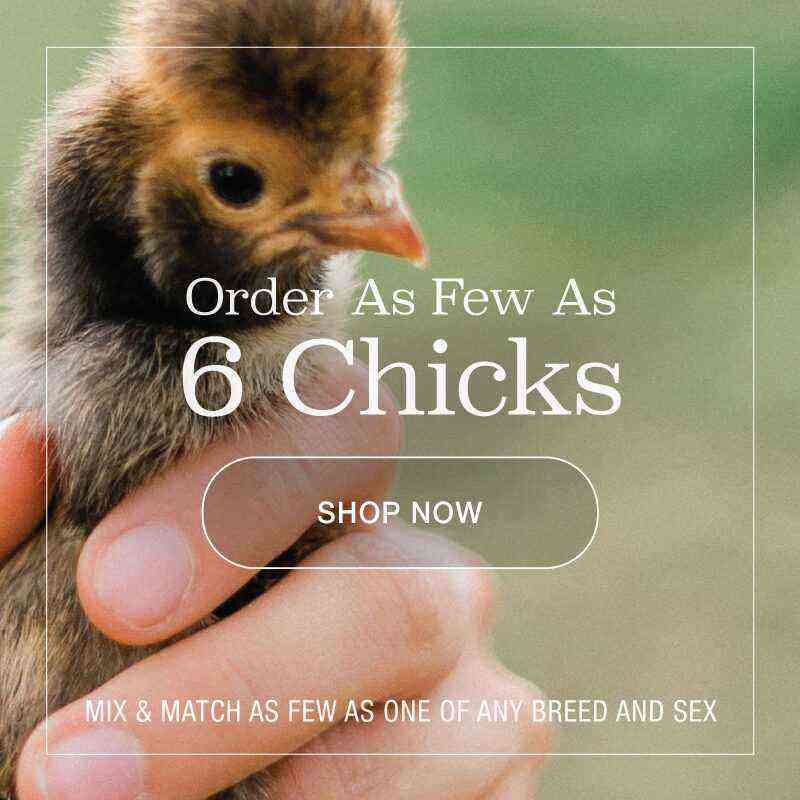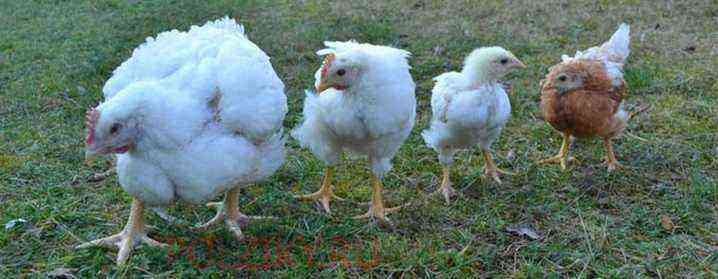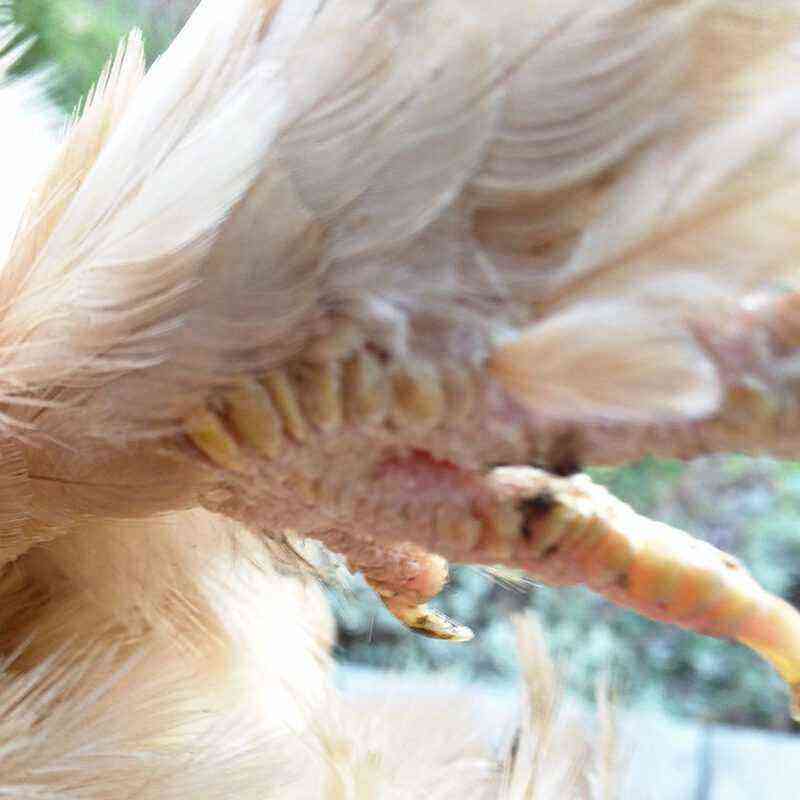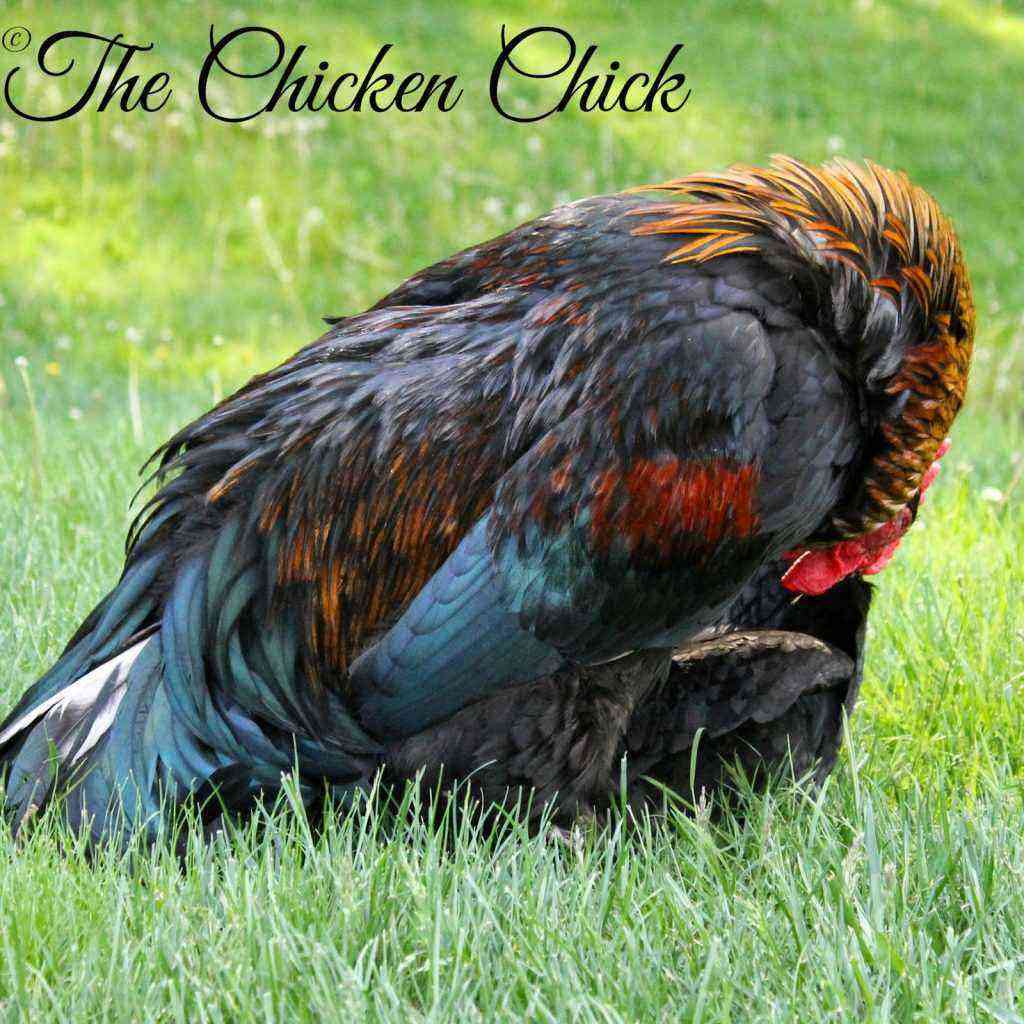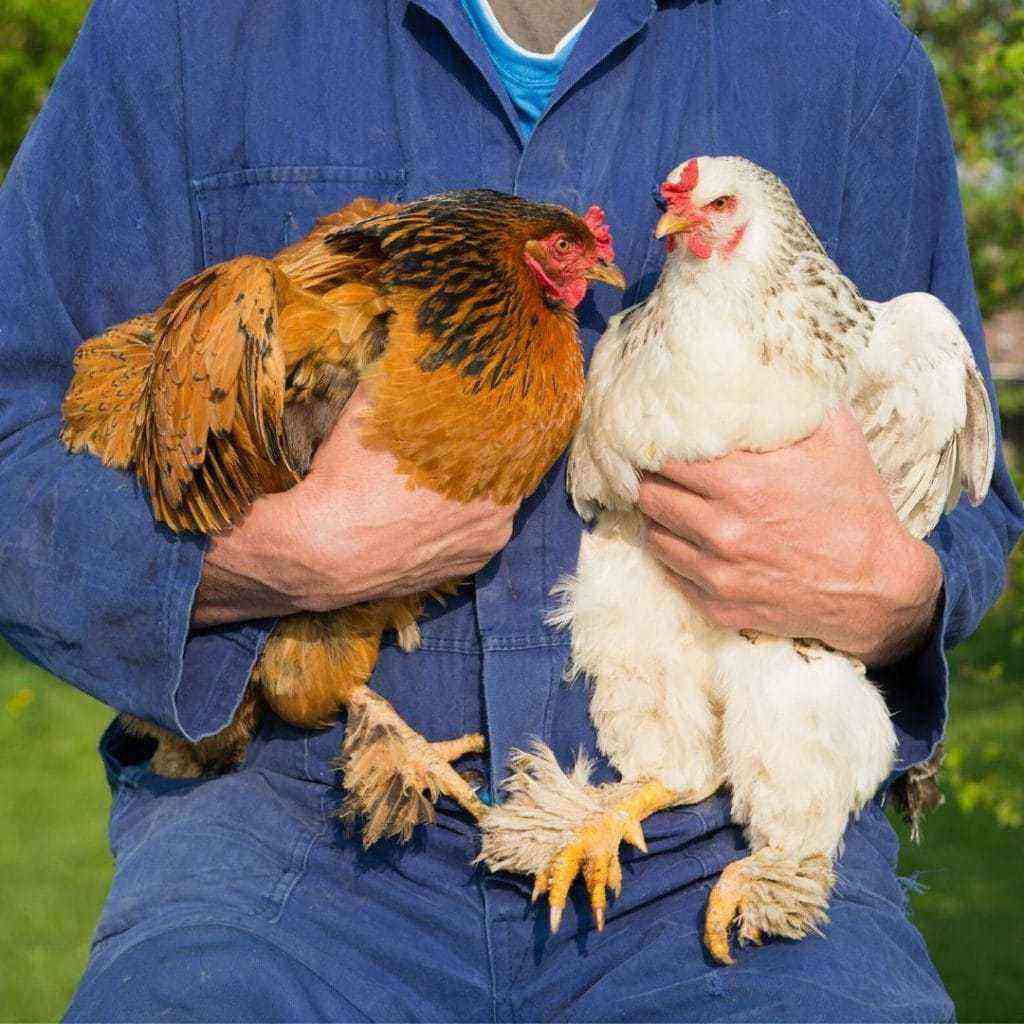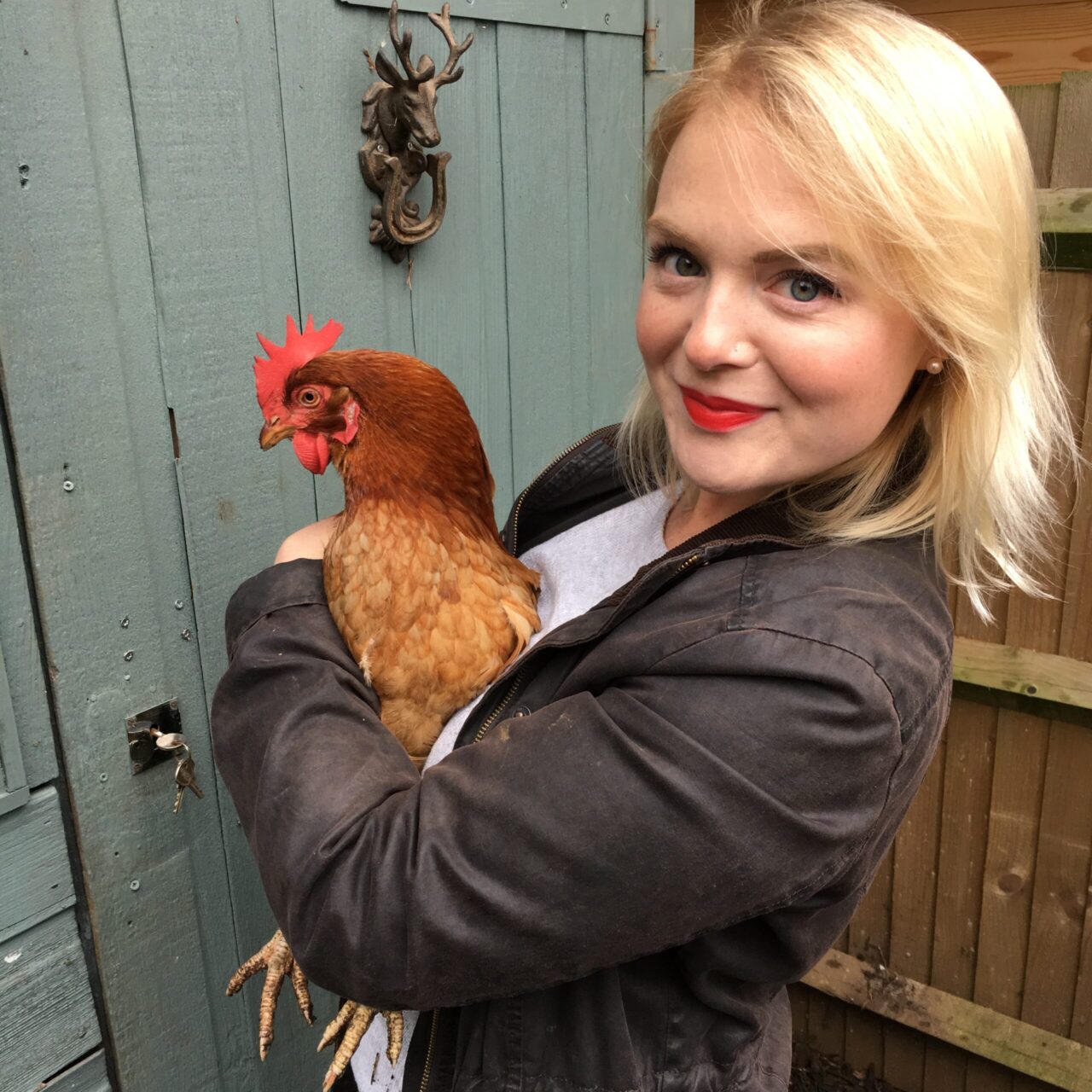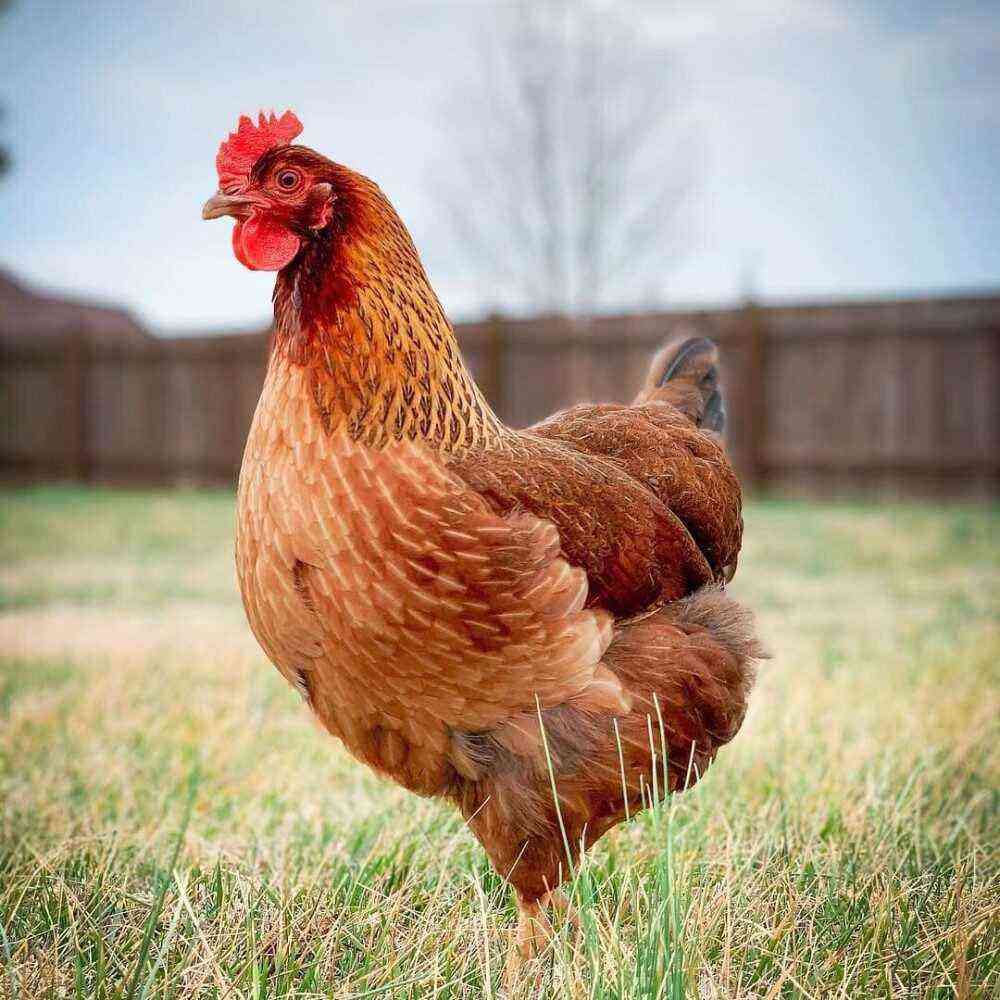In modern households, you can find a wide variety of breeds of chickens. Not infrequently, Oryol, Andalusian and Italian breeds walk in the courtyards.
The first breed was bred in Central Russia. Such laying hens lay up to 160 eggs per year, the shell of which is white or light brown. The weight of an egg can reach 56 grams. The mass of the individuals themselves reaches two and a half kilograms. Roosters of this breed weigh about three to three and a half kilograms. The main features of the Oryol chickens are their excellent resistance to severe frosts and rainy weather. They do not seek to incubate chickens, they have the instinct of incubation. These are strong, muscular individuals. Their special sign is a lush beard and a peculiar comb. The beak of such layers is short and slightly curved, and the eyes are large, usually orange-red or pearl.
The Italian breed got its name from the country in which it was bred. Laying hens of this breed are distinguished by a rather large egg production. For a year, one chicken lays up to 200 eggs, the mass of which is 55 grams or more. The weight of a bird can reach 2,5 kilograms – laying hens, and roosters – up to three kilograms. Italian laying hens are distinguished by a strong physique and medium size. They are strong and quite mobile, they like free range and perfectly find their food anywhere. The eyes of such birds are usually red in color, and the beak is slightly curved, has an average length and is yellow. The colors of Italian chickens can be very diverse: white, golden, black, chintz, variegated blue, orange-blue, silver and other shades.
The Andalusian breed of chicken was bred in Spain at the end of the 19th century. Their main feature is a bluish-blue color. Laying hens of this breed lay up to 180 white eggs per year, weighing 58 grams or more. The mass of the individuals themselves reaches two and a half kilograms in hens and up to three kilograms in roosters. Andalusian laying hens are not very well adapted to incubation. They are often crossed with other breeds. Such birds have a good physique, elongated and rather strong body. Their beak is dark in color, slightly curved, and their eyes are also dark. The plumage on the neck and lower back is somewhat darker than on other parts of the body.


